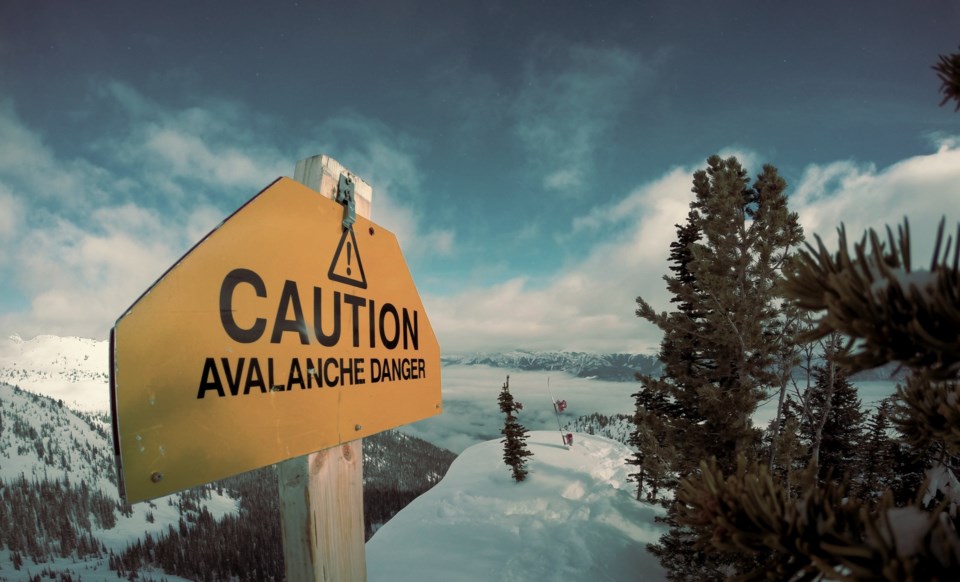TAOS, N.M.—In New Mexico, two skiers at Taos Ski Valley were not so fortunate after being buried by a fatal avalanche. After their deaths, the first such fatalities at the ski area, there were questions about whether avalanche beacons might be in order when venturing into particularly dangerous terrain.
The avalanche occurred on one of the steep chutes on the north face of Kachina Peak. Ski patrollers had been in the couloir earlier and had used explosives in an effort to provoke unstable snow.
In 2015, a lift was installed to the peak, but not quite to the top. Skiers must still climb a rise and then traverse several switchbacks. This design, as well as signs, are intended to give people time to consider whether they are skilled enough to navigate the expert terrain, explained David Norden, the chief executive at Taos Ski Valley.
The Taos News reported that by one estimate it took rescuers 25 minutes to find the body of the first individual, and then another 25 minutes to find the second victim. Resuscitation of one victim with a defibrillator restored a pulse, but he later died at a hospital in Albuquerque. The first victim was declared dead the day of the avalanche.
Neither man was carrying a beacon, which might have allowed rescuers to more rapidly detect their whereabouts. At Colorado’s ultra-steep Silverton Mountain, all skiers are given beacons.
Avalanches can kill you in multiple ways, though. If thrown over a cliff or slammed into a tree, the trauma can kill. But even if merely covered by snow, suffocation can kill. There is no magic time for survivability.
In Idaho, in the sidecountry near Sun Valley, two men—one on skis, the other on a snowboard—got lucky. They were carried about the length of a football field down the mountain. One was fully buried but able to dig himself out in about 25 minutes. The other was also able to extricate himself.
“These individuals are fortunate that they were not seriously injured or killed,” said Scott Savage of the Sawtooth Avalanche Center. “The terrain in this area is heavily treed, so most people caught in avalanches here sustain significant trauma. Picture riding a bike downhill at 48 km/h and jumping off into a forest,” he said. “It usually doesn’t end very well.”
In Colorado, ski patrollers at the Steamboat ski area have upgraded their avalanche beacon training station in an effort to encourage public use. In Beacon Basin, located next to the ski patrol headquarters, the public can test their own avalanche beacons and make a practice rescue.
“We always want the public to have more avalanche training,” Dave Thomas, a long-time ski patroller told the Steamboat Today. “With this system, we are able to train people throughout the day and throughout the year.”




